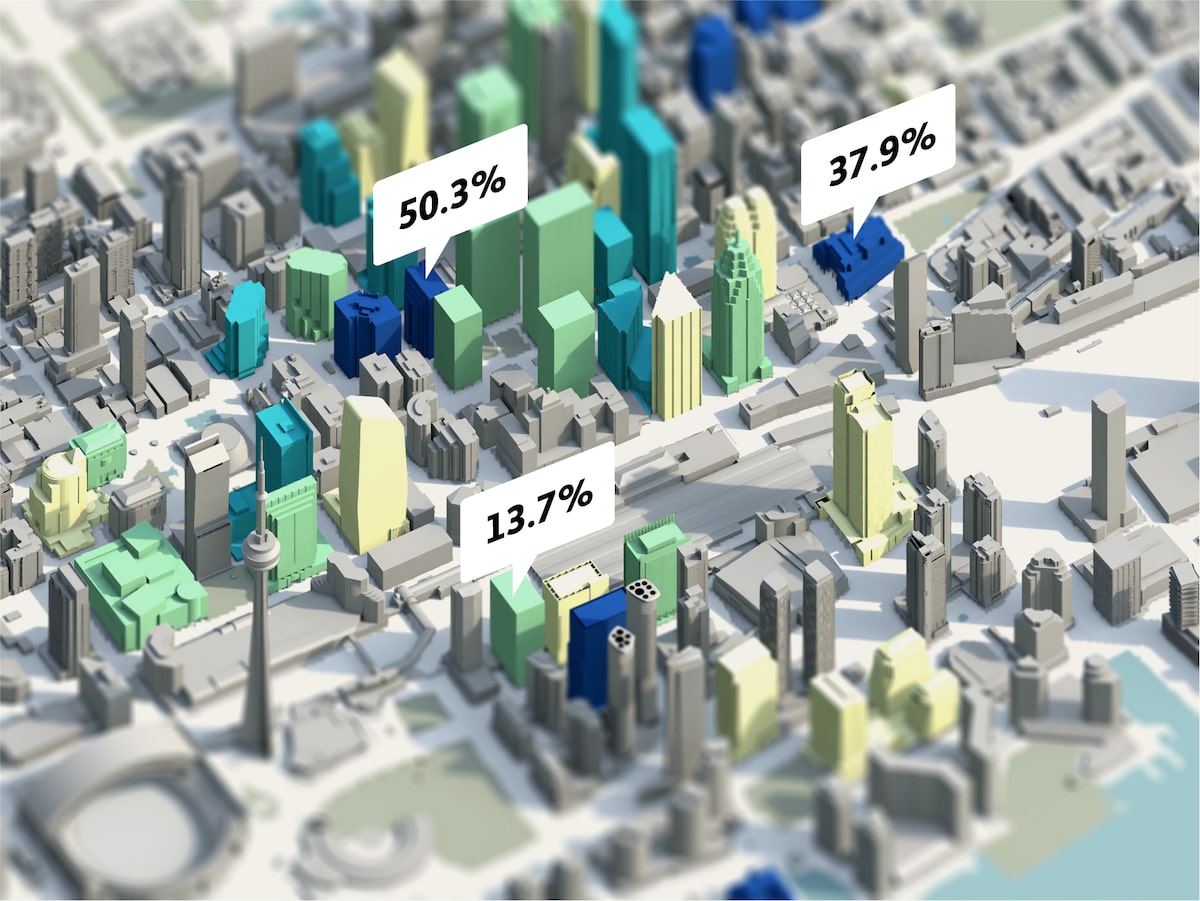Sunnyside
Active Member
I mean, let’s be real… downtown Toronto is what I would call hyperdense. It’s pretty hard to compete with even if we measured perfectly comparable areas. Even if SF is comparable, Toronto has more of it anyhow. Use the SEDAC population estimator if your super curious.That's using rather different boundaries. Toronto has those kinds of numbers in a roughly 5-6 square mile area (Yorkville to the lake, Don River to Spadina/Bathurst). A comparably extensive area of Downtown/Central San Francisco will have far more than 40,000 people. I'd say upwards of 150,000 people, depending on the exact boundaries.
Last edited:





